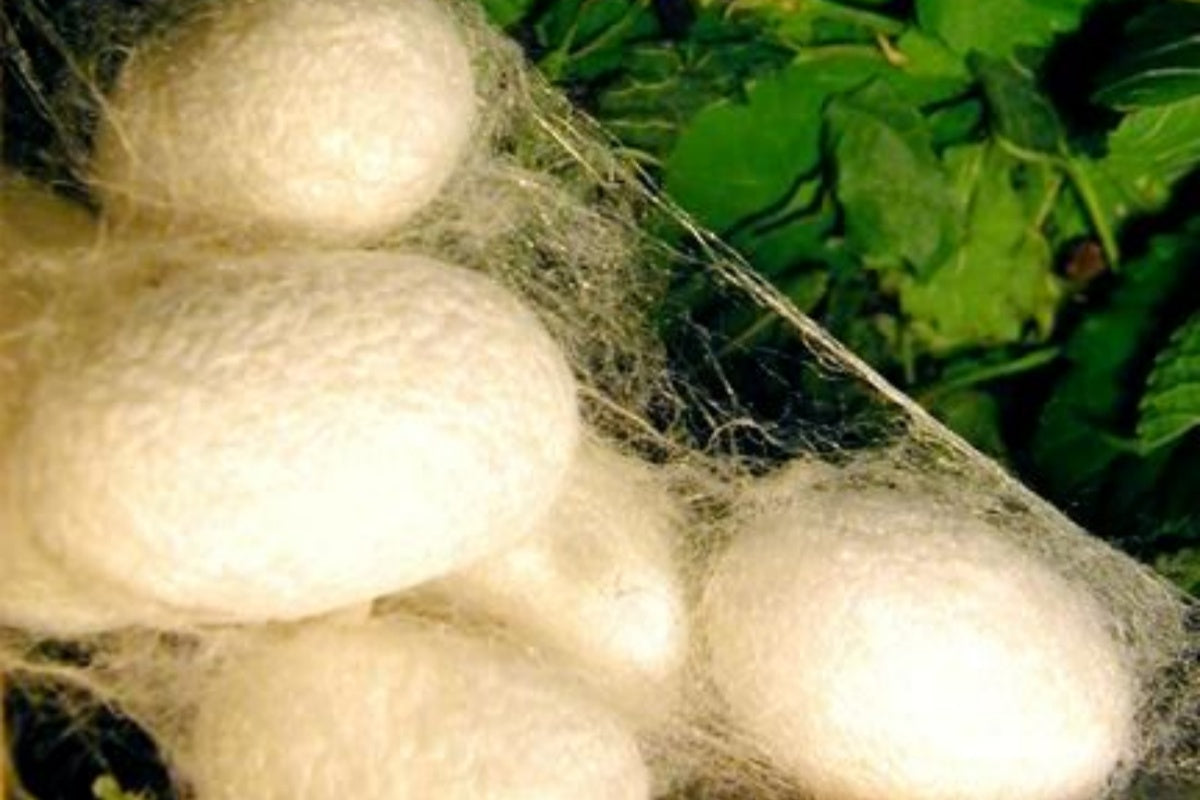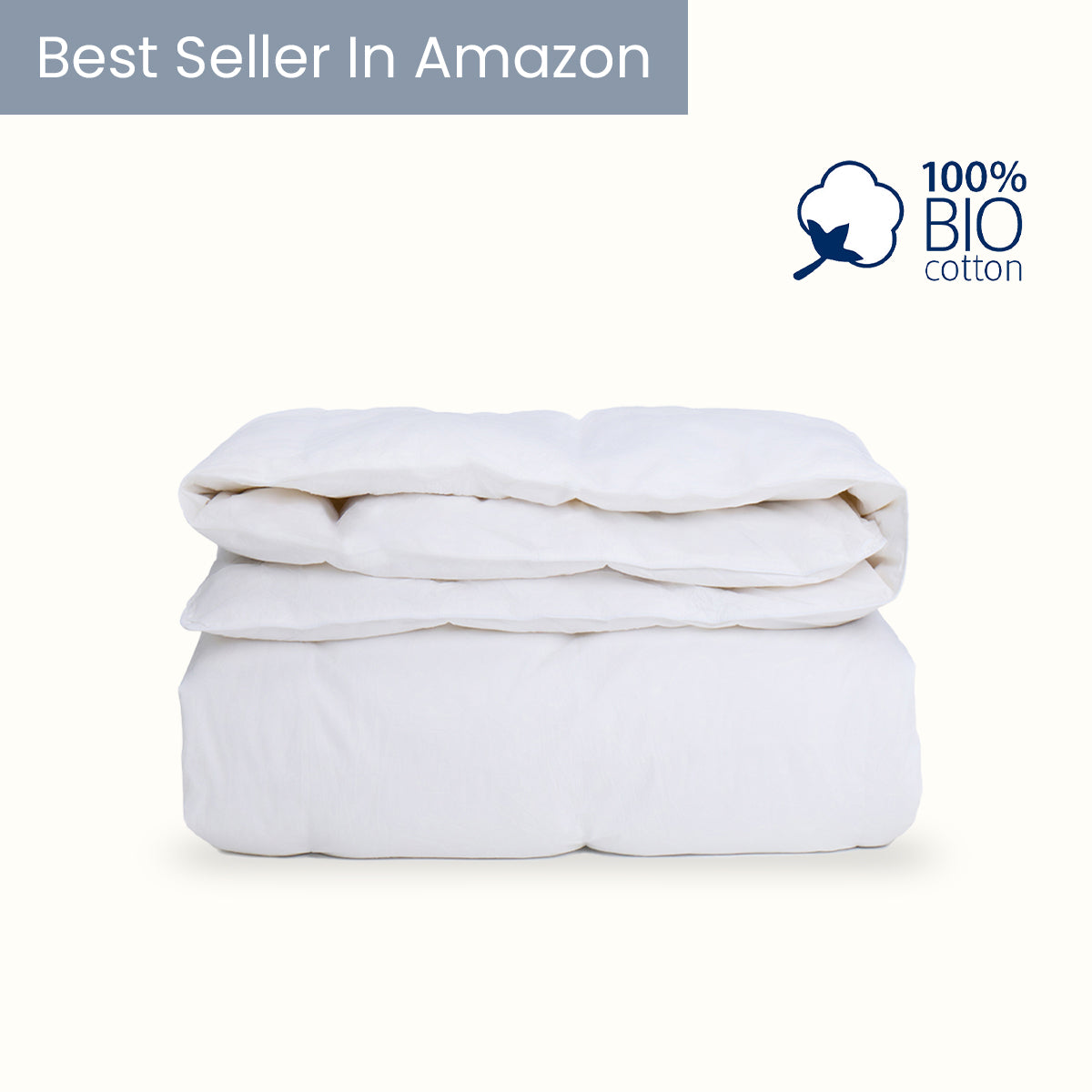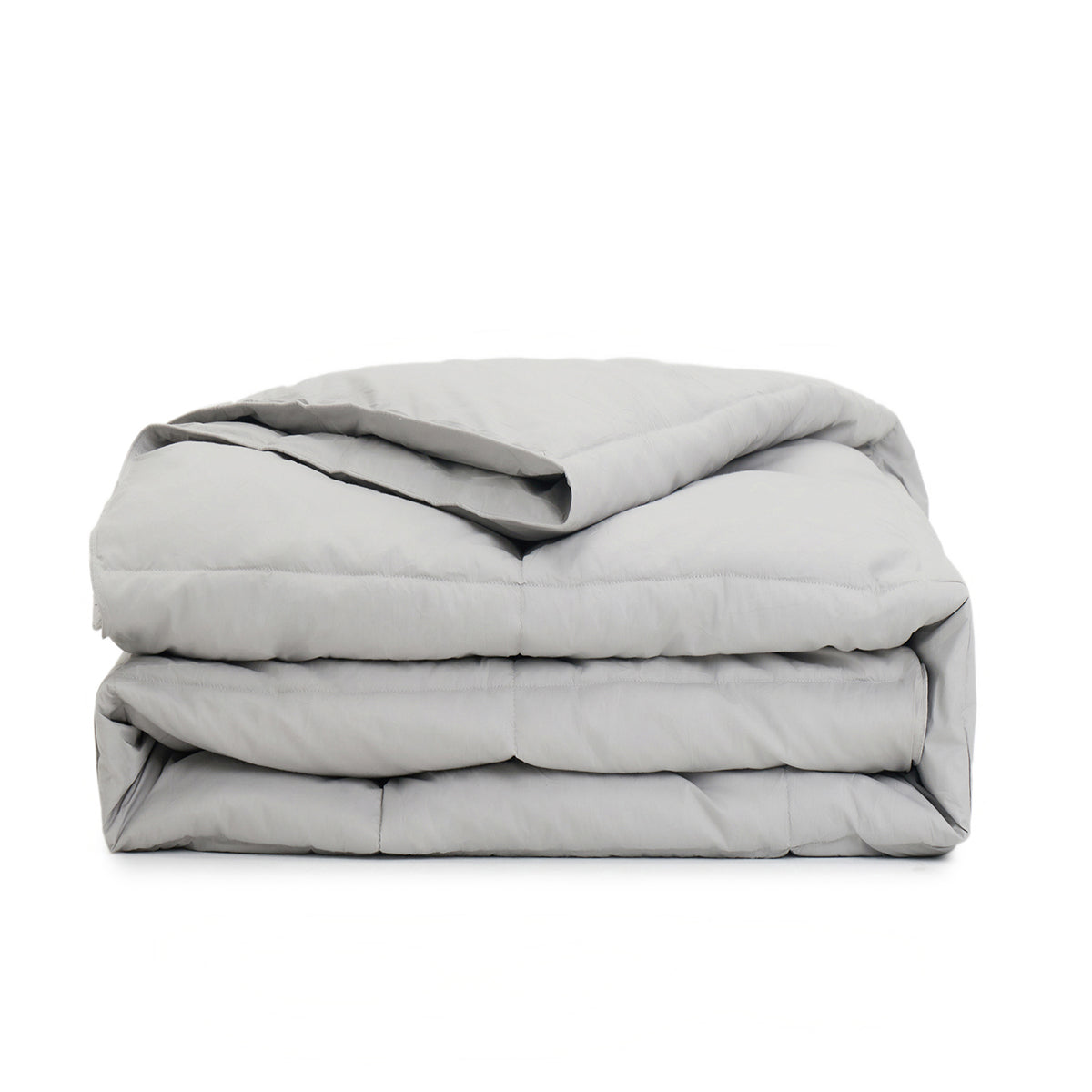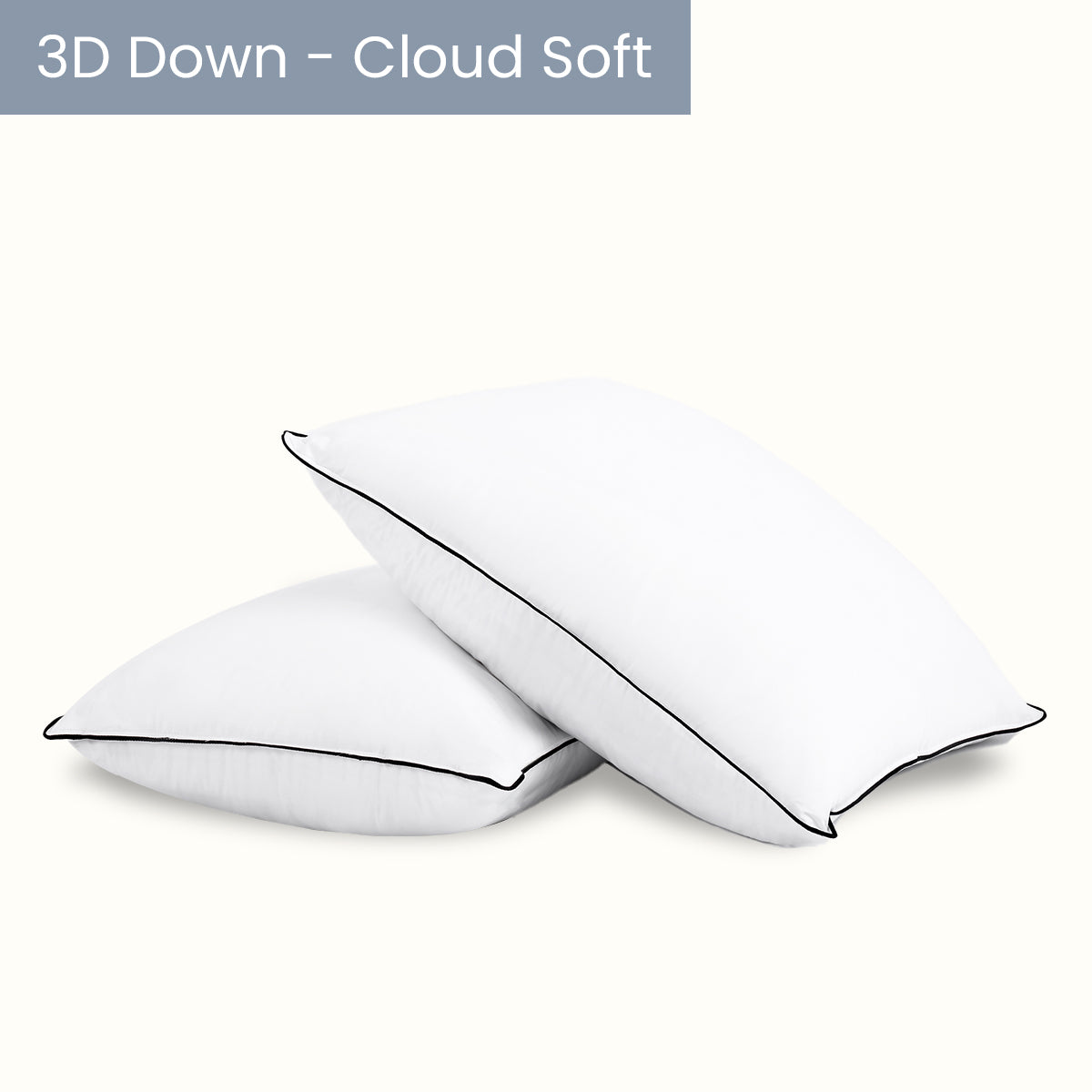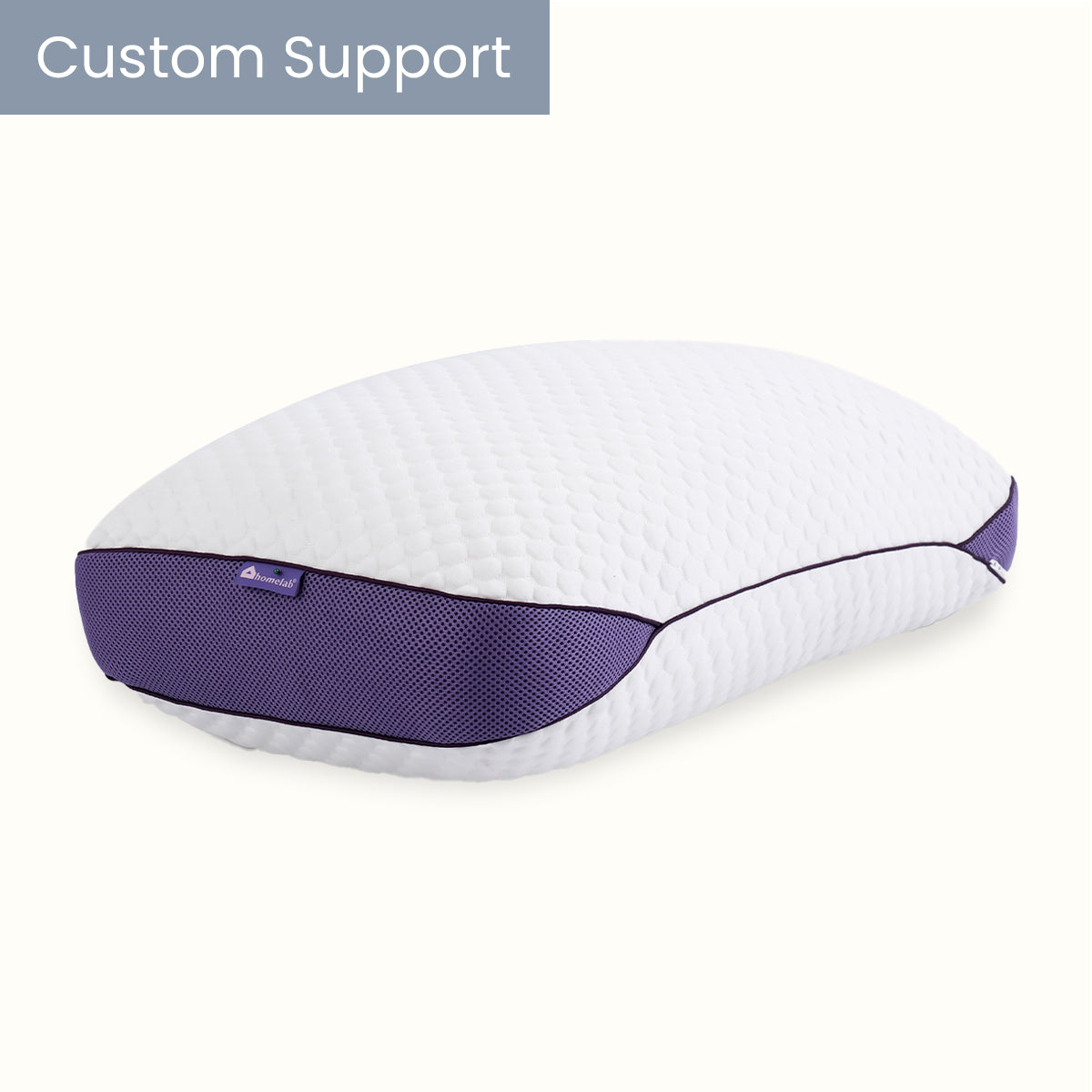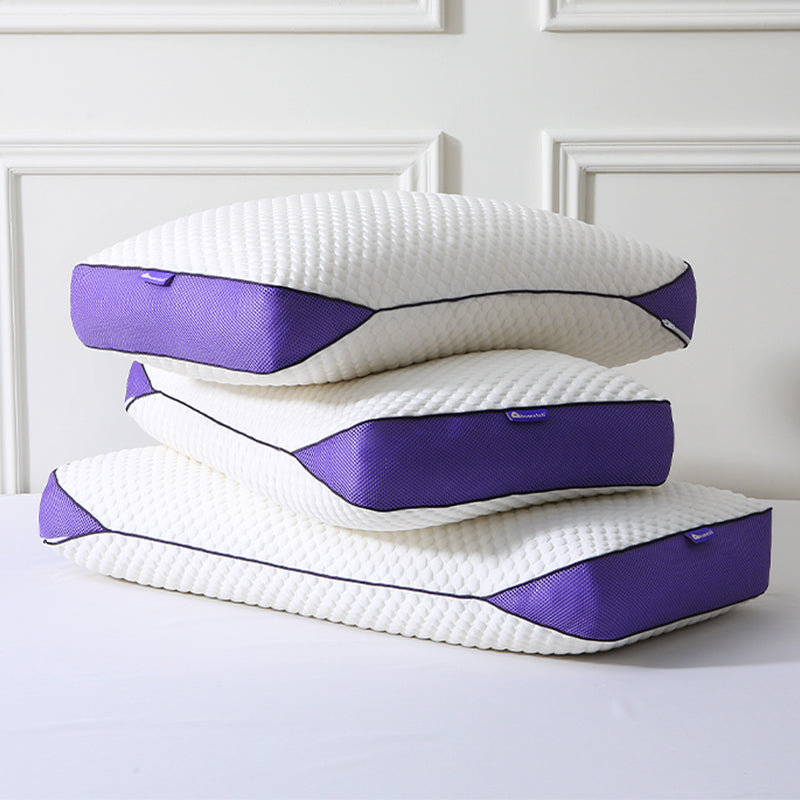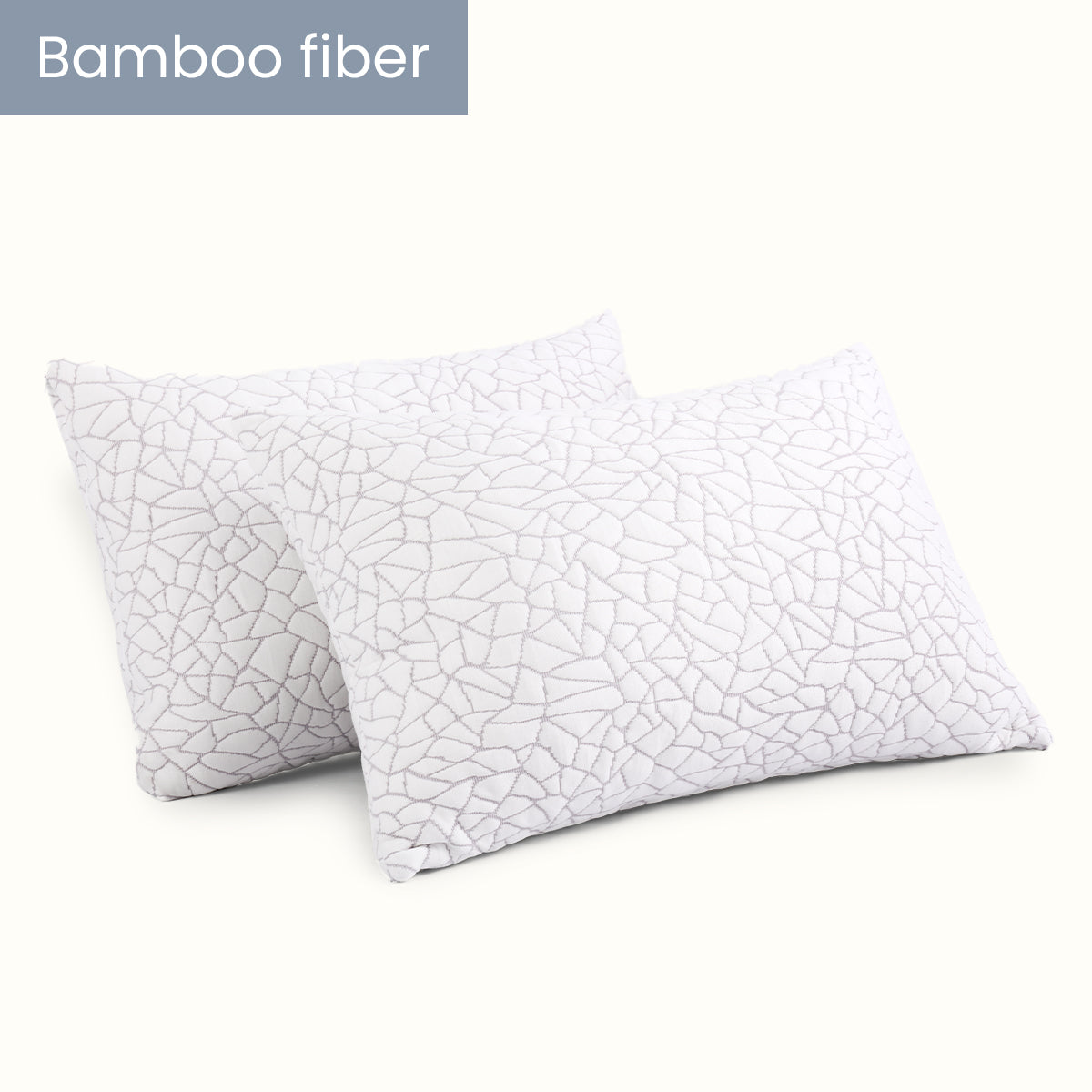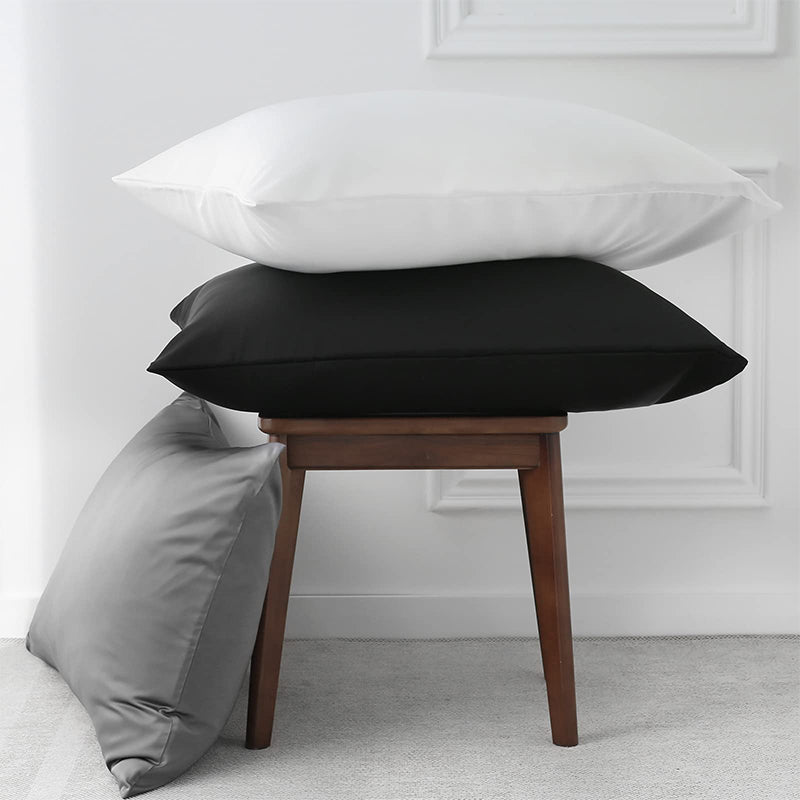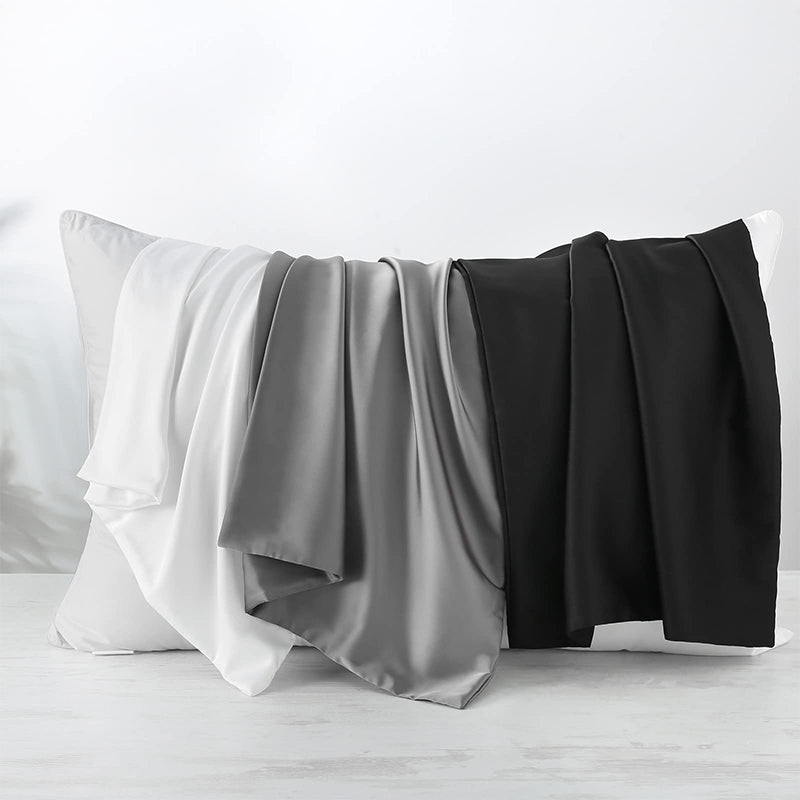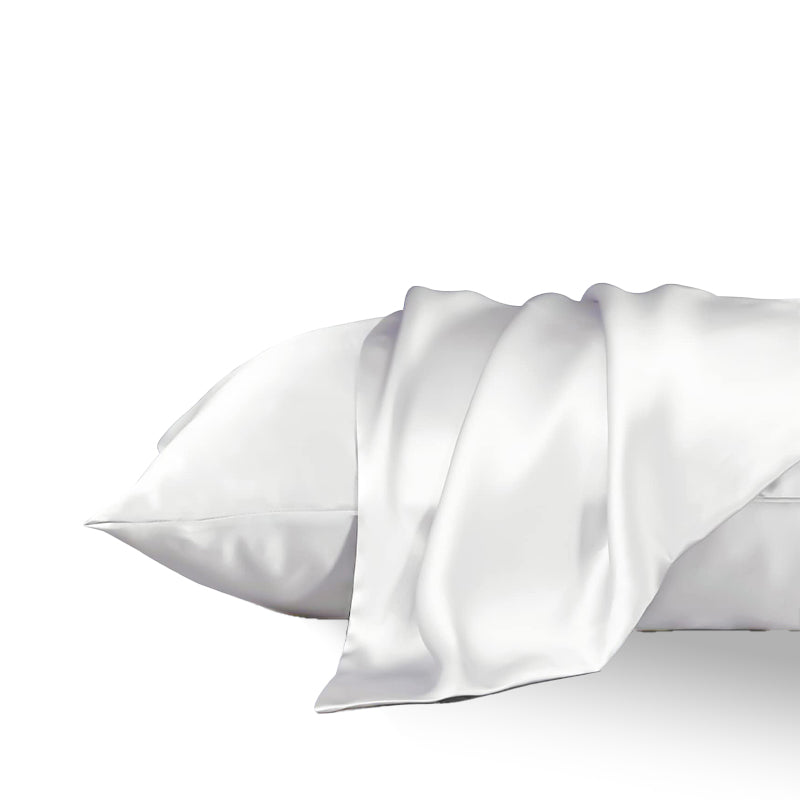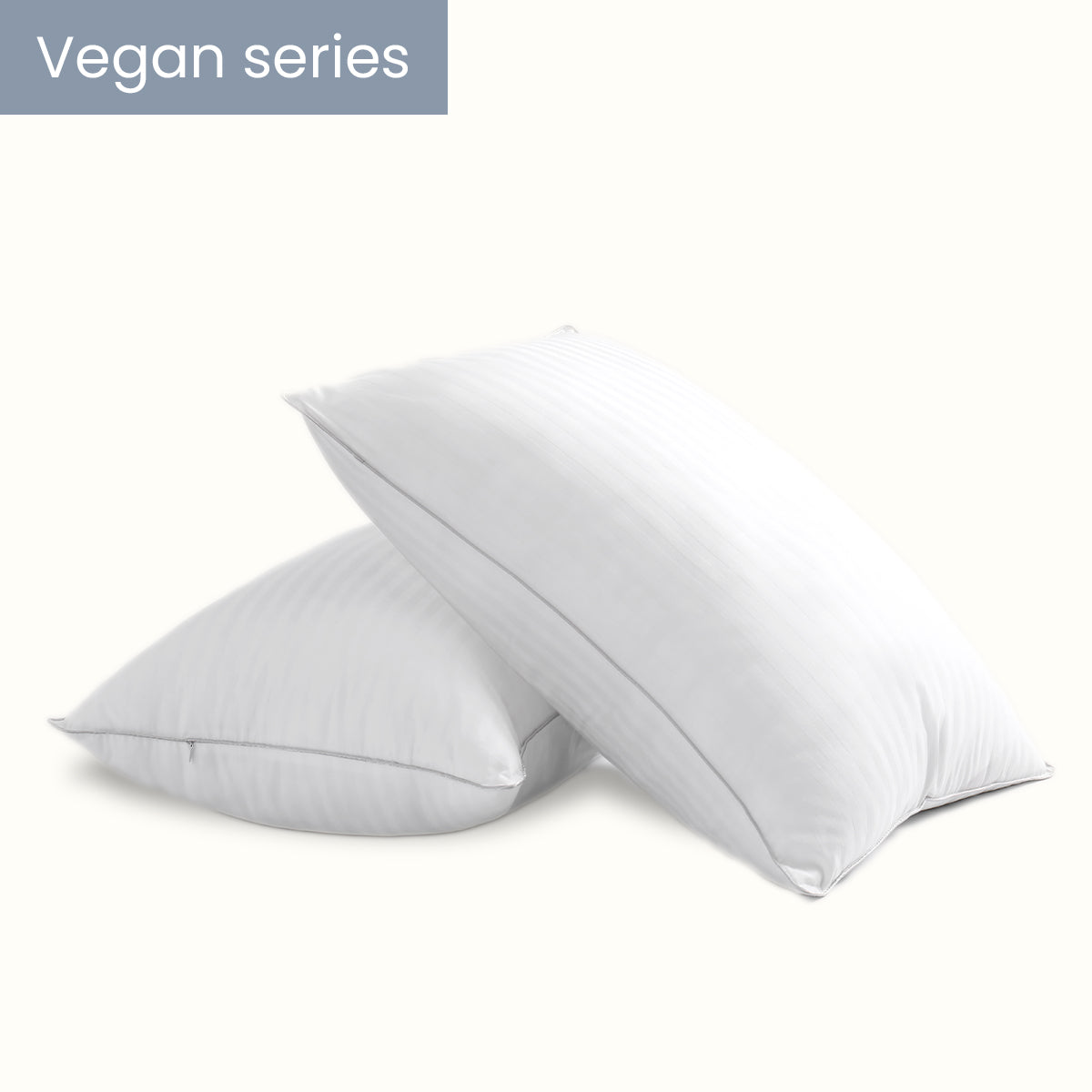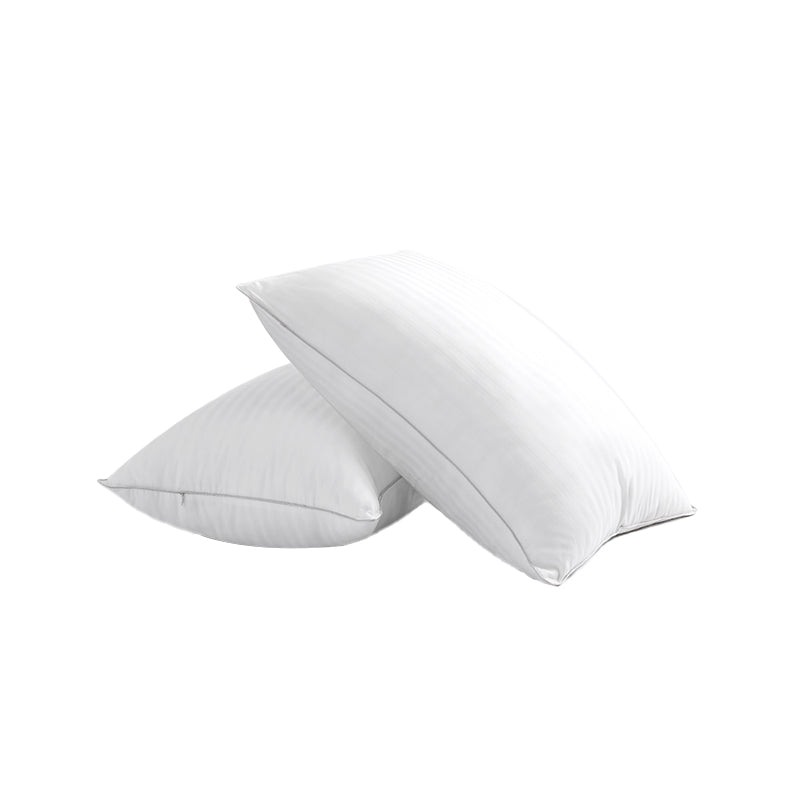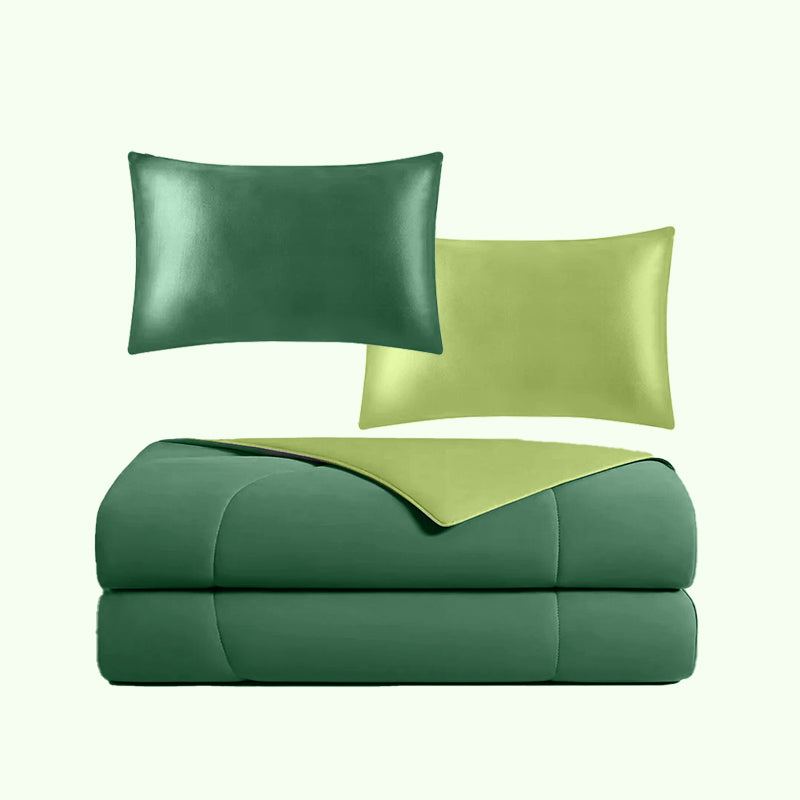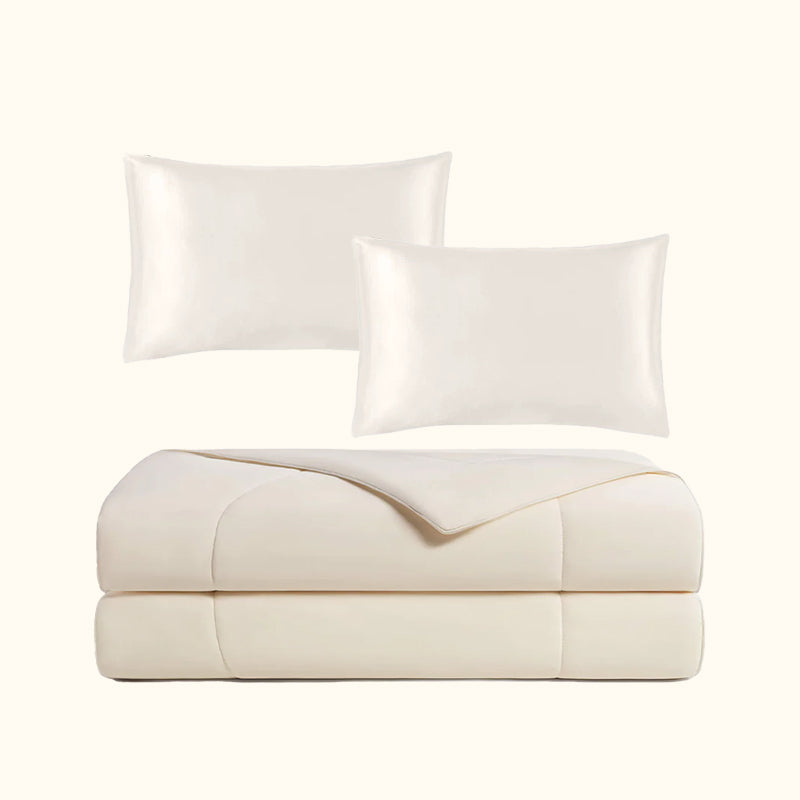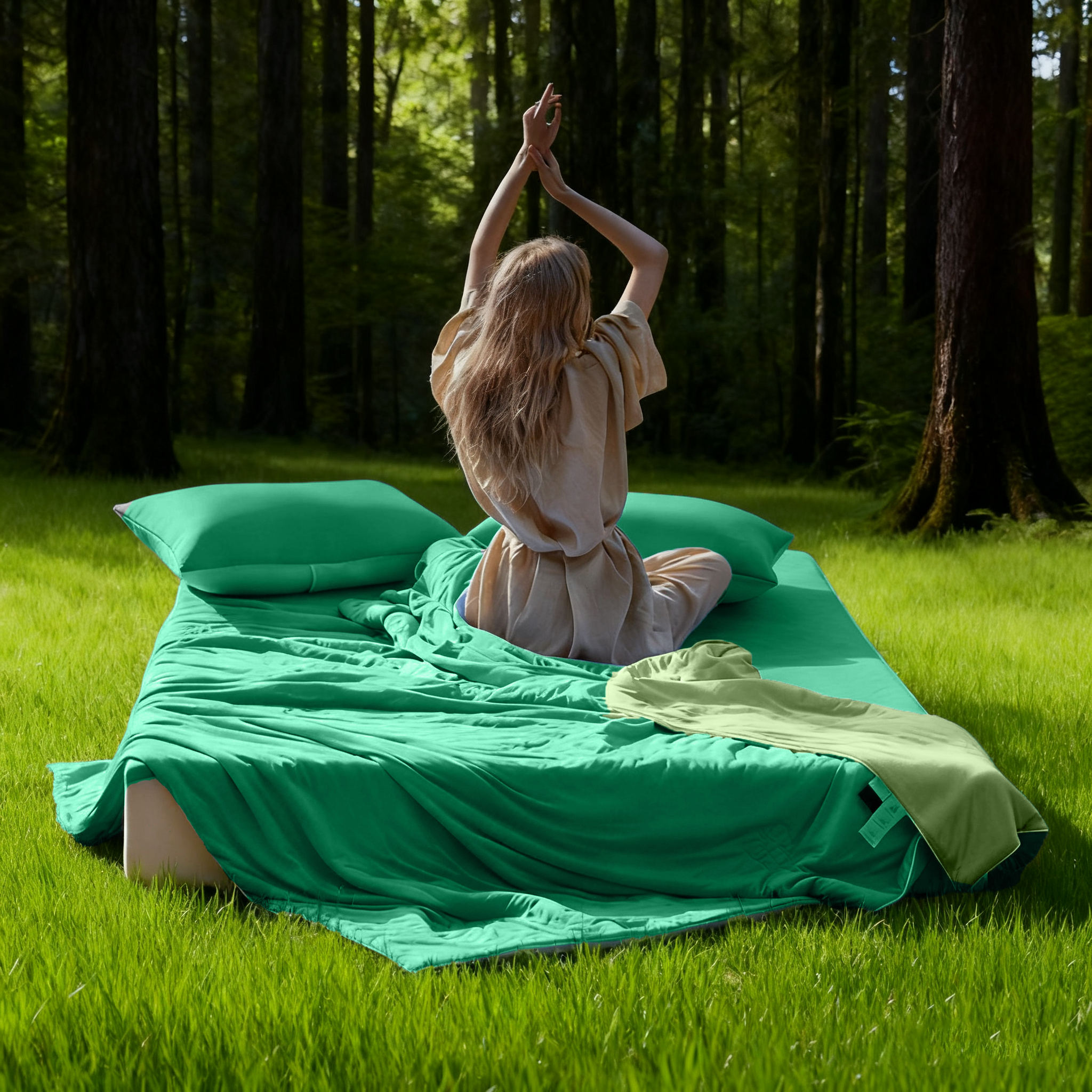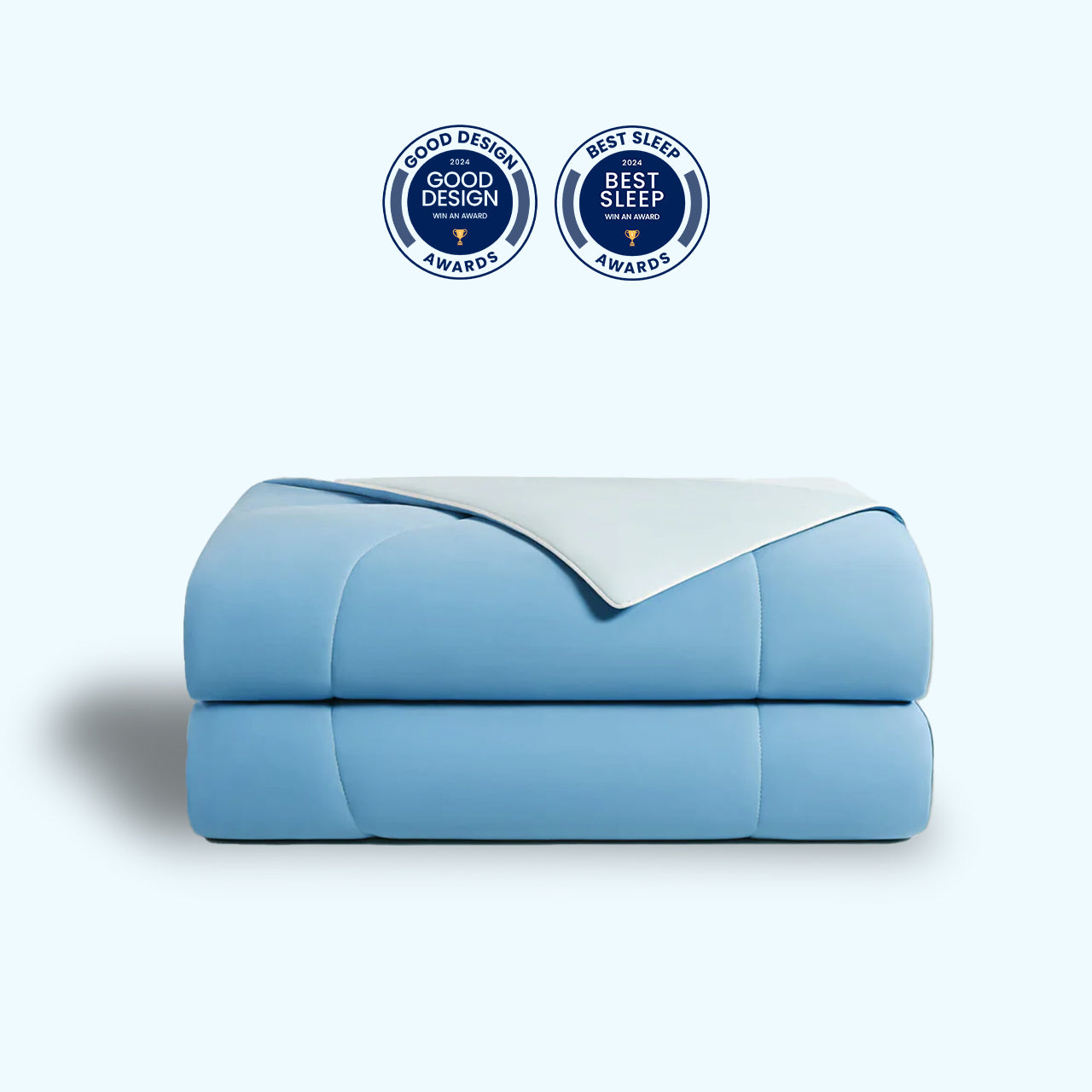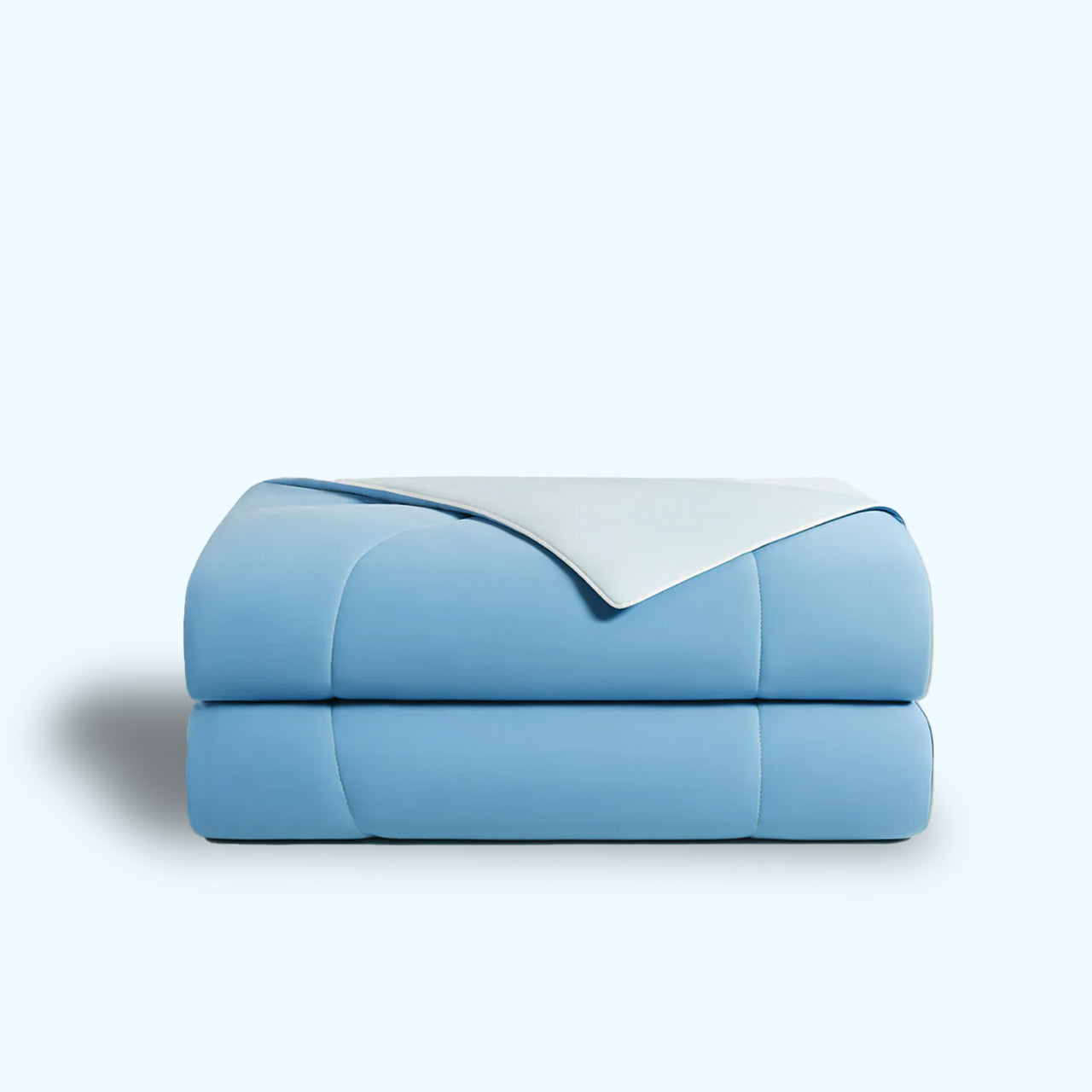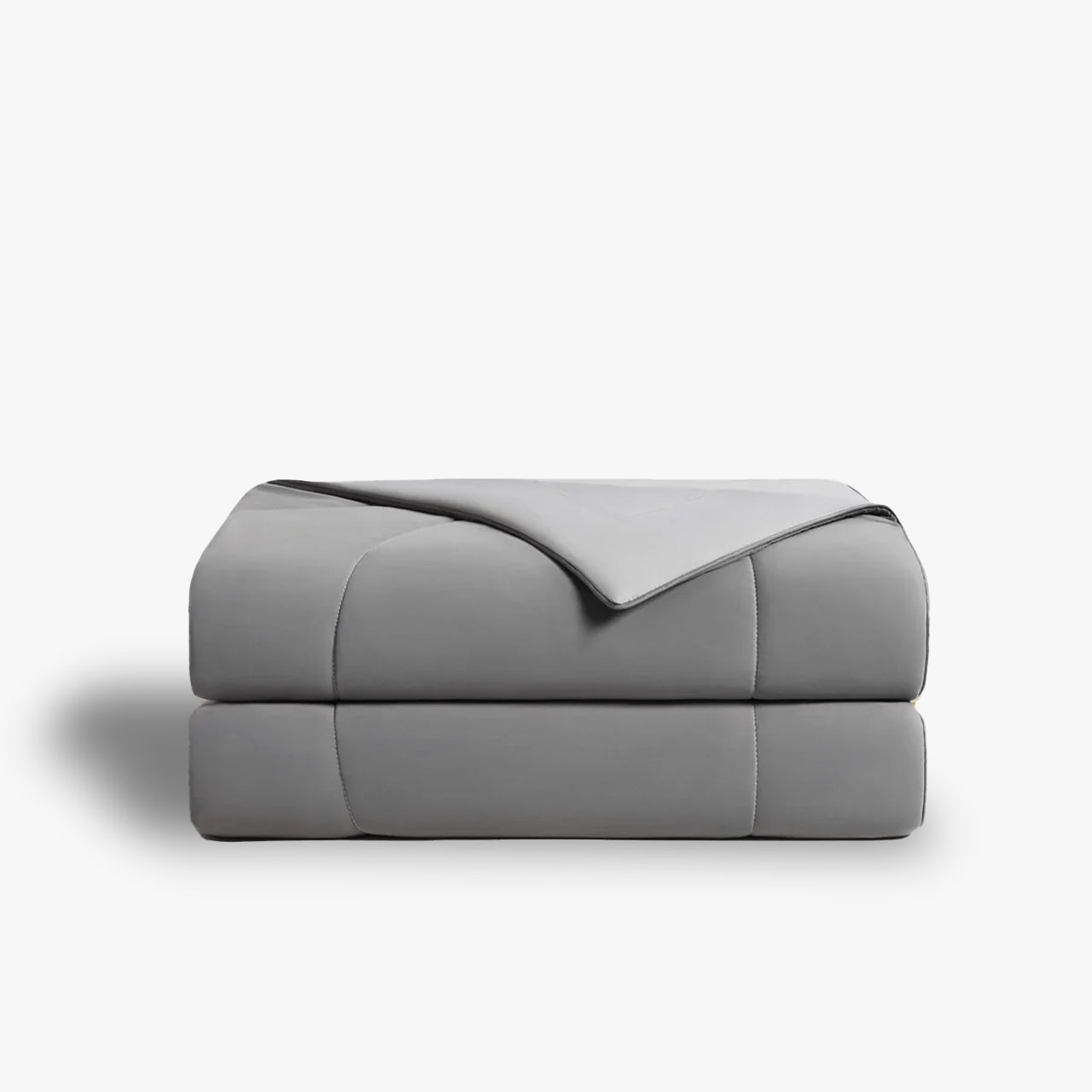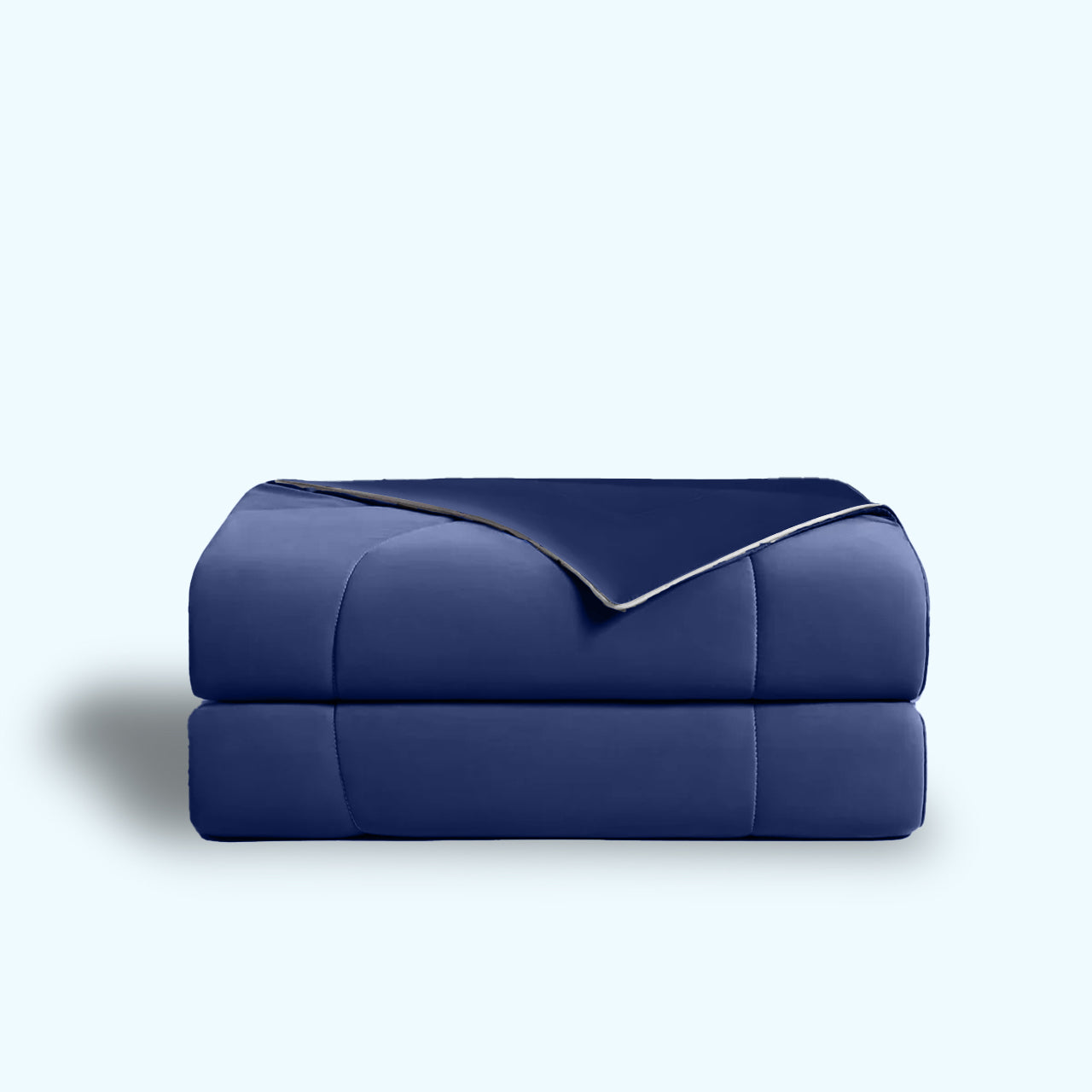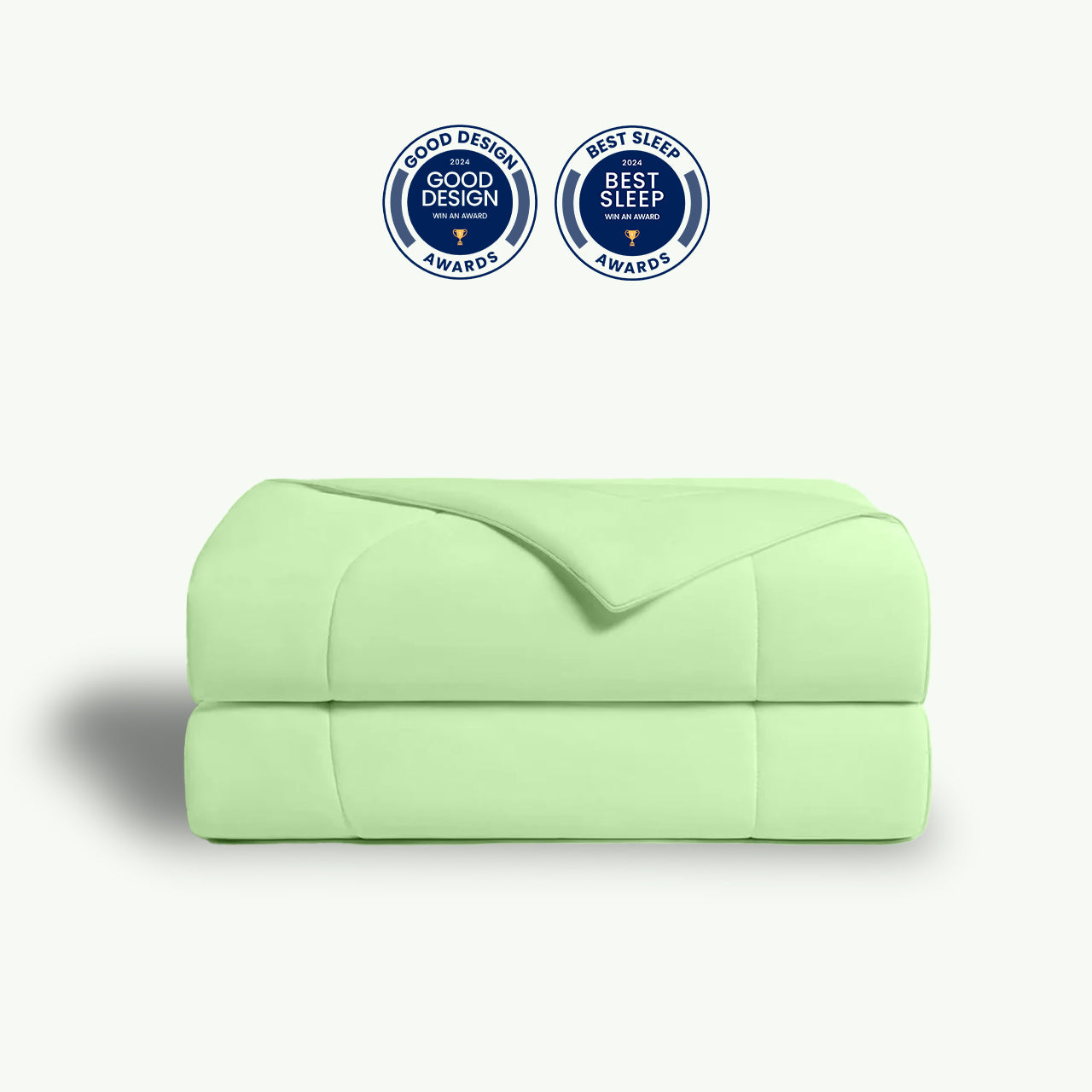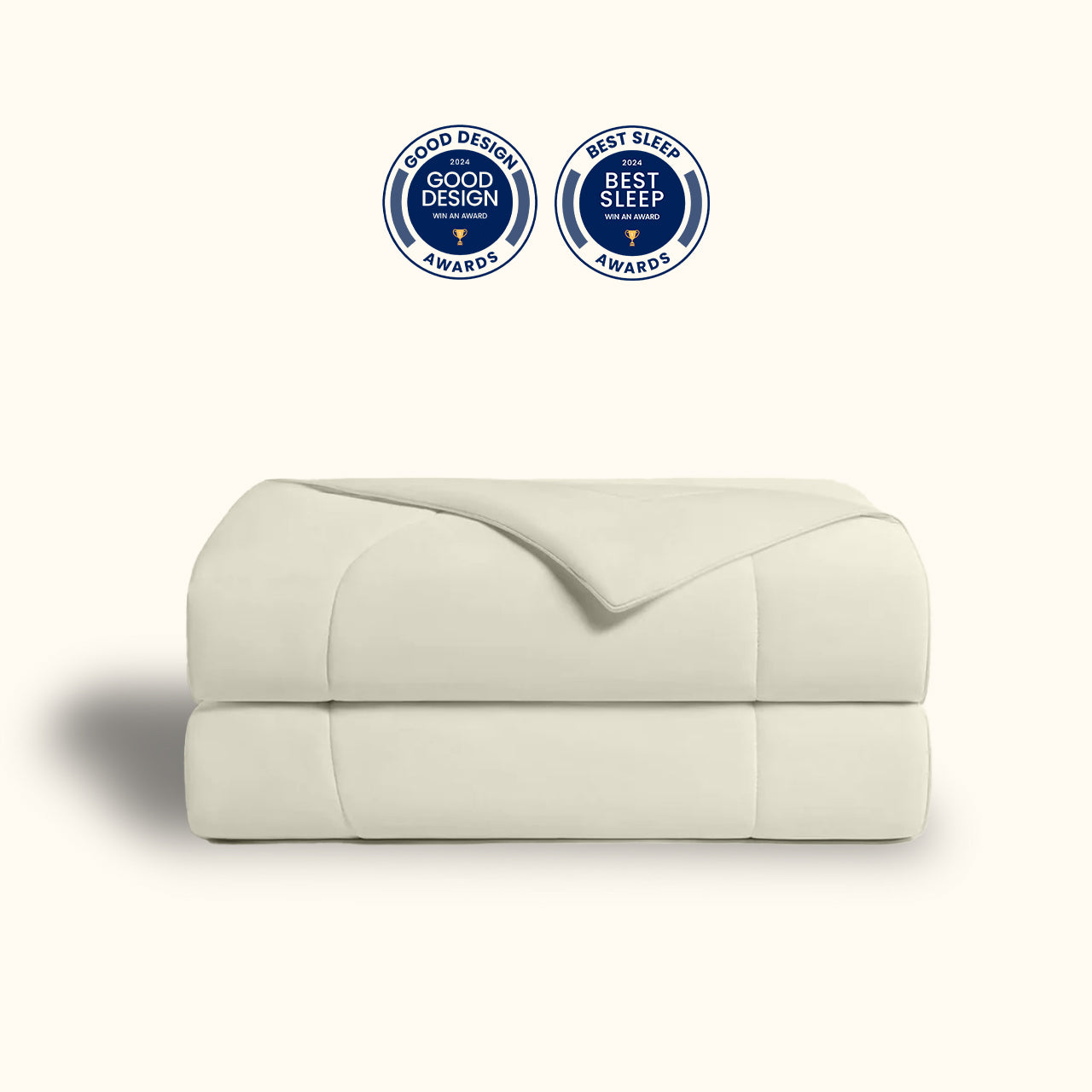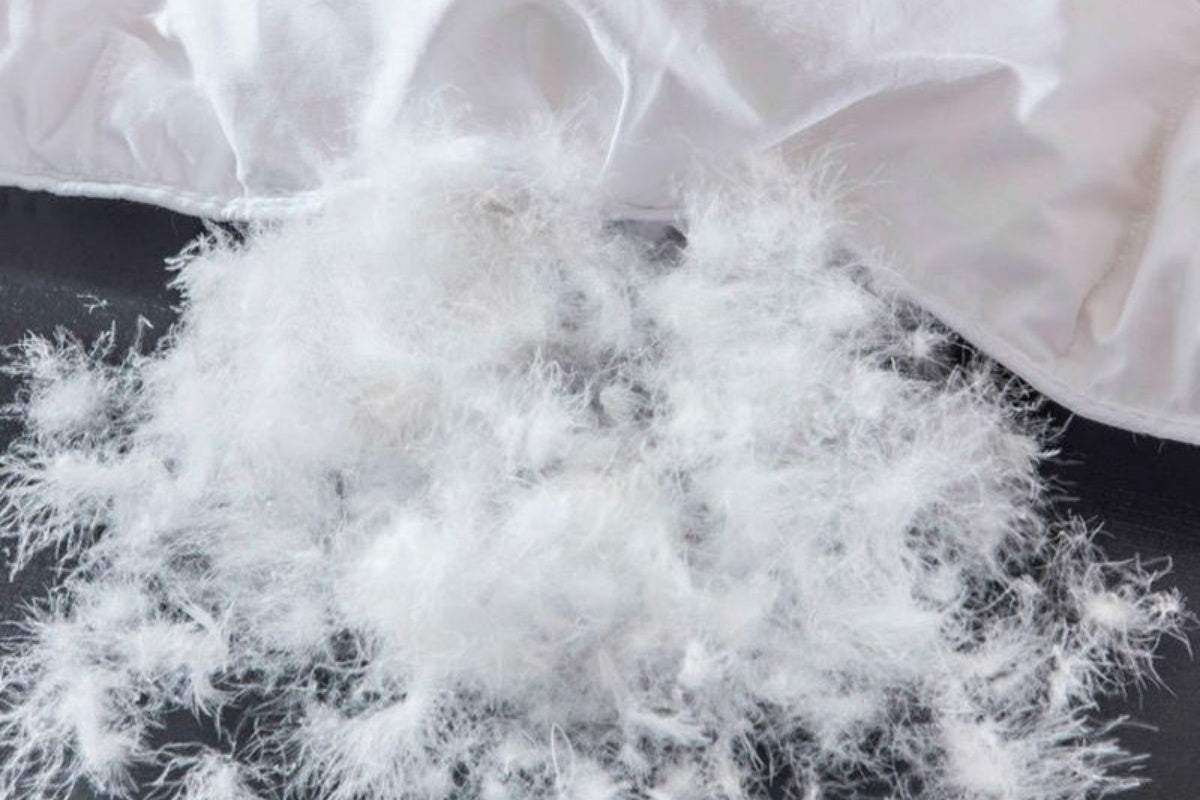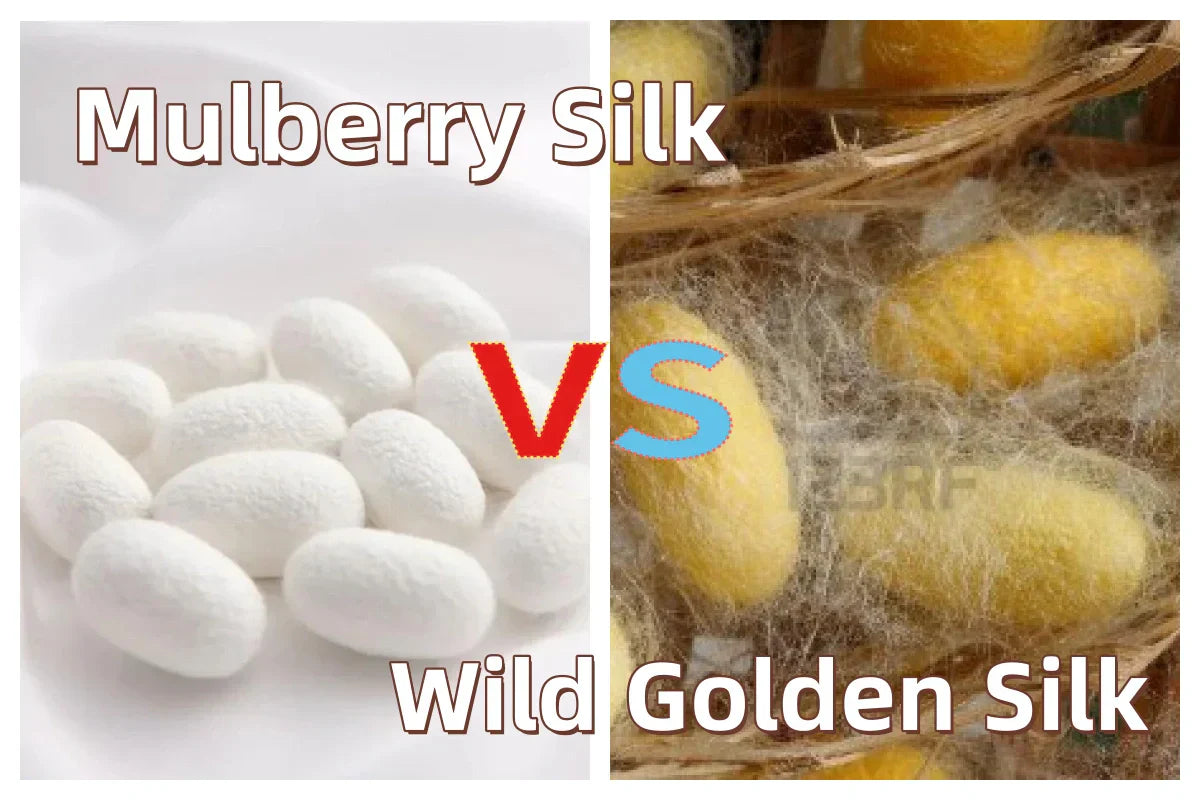When you hear the word "silk," you might first think of smooth, shiny fabrics. But there’s a special type of silk that’s full of natural charm—tussah silk. It’s not the same as the "standard silk" many people know. Instead, it has unique traits that make it stand out. Let’s take a closer look at what tussah silk really is, from its features to its uses.
1. The Basic Traits of Wild Golden Silk: Durable and Full of Natural Charm

Wild golden silk is first and foremost a durable fabric. Unlike some delicate silks that get damaged easily, wild golden silk is naturally strong and tough. You can wear it many times or wash it repeatedly, and it still keeps its good shape—no easy tears or stretching out of form. Whether it’s made into clothes or bedding, it can last for years, so you don’t have to replace it often.
It also feels great to the touch. When you gently run your hand over tussah silk, you’ll notice its soft, smooth texture. This comfort comes from nature, and it’s something man-made chemical fabrics can’t copy. As time goes on, wild golden silk even gets better: it develops a "patina"—a soft, warm shine that looks like it’s been loved over time. This is similar to the Japanese "wabi-sabi" style, which finds beauty in natural, slightly imperfect marks. Every piece of tussah silk becomes one-of-a-kind because of this.
Another nice thing about wild golden silk is its connection to nature. It has a light, fresh grassy scent. When you smell it, it’s like being in a quiet mountain field. Its color is natural too—no extra dyes needed. It has a simple, earthy beauty that makes it feel like a piece of nature you can wear or use at home.
2. Where Wild Golden Silk Comes From: A Rare, Wild Resource

Wild golden silk isn’t made from the same silkworms as common silk (like mulberry silk). Instead, it comes from wild tussah silkworms. These silkworms live outdoors, not in farms. They feed on tussah leaves, which gives the silk its unique properties.
But this wild way of getting wild golden silk makes it rare. First, the number of wild tussah silkworms is limited. They face dangers like natural enemies (animals that eat them) and pollution, so the amount of wild golden silk produced each year keeps going down. Second, fewer people work in the wild golden silk industry. Many farmers who know how to raise tussah silkworms are getting old, and young people often leave to work in cities. Not many want to learn this traditional skill, which makes wild golden silk even harder to find.
This rarity also makes wild golden silk valuable—even more so than some common silks when you compare the same type of fiber. For example, people sometimes think mulberry silk is better because it’s often sold as long fibers. Wild golden silk is usually sold as medium-length fibers. But if you look at long fibers of both, wild golden silk long fibers are more expensive and have more value. Wild golden silk is even well-known in international markets for its rarity.
3. Wild Golden Silk vs. Mulberry Silk: Key Differences

To understand wild golden silk, it helps to compare it to mulberry silk—the more common type of silk.
Mulberry silk comes from farm-raised silkworms that eat mulberry leaves. It has thin, long fibers, a yellowish-white color, and a smooth feel. Mulberry silk quilts are soft and fit close to the body, so they’re popular for bedding. But mulberry silk has limited uses: for example, it only keeps you cool in summer, not warm in winter.
Wild golden silk is more versatile. It has a special "temperature-regulating" feature—it keeps you cool when it’s hot and warm when it’s cold. In summer, it soaks up heat quickly to make you feel fresh. In winter, it traps warmth close to your body like a soft shield. This means you can use wild golden silk products all year round, not just one season.
Wild golden silk is also good for your skin. It has 18 kinds of amino acids—nutrients that help activate your skin cells. These amino acids keep your skin moisturized and slow down aging. Three of them (alanine, glutamic acid, and lysine) even make a substance called lysozyme, which kills harmful bacteria (you can check professional test reports for proof). For people with sensitive skin, wild golden silk bedding is perfect: it’s gentle on the skin, so it doesn’t cause dryness or itching. Sleeping on it feels like giving your skin a gentle care treatment.
Plus, wild golden silk has two more useful skills: it can absorb and break down UV rays, so it protects your skin from the sun (great for summer clothes). It also stops static electricity—no more clothes sticking to your body or hair flying around in dry autumn and winter.
4. Apsmile Wild Golden Silk Comforters: Bringing Out the Best of Wild Golden Silk

If you want to try tussah silk, Apsmile makes products that show off its best features. These products are designed to be healthy, comfortable, and long-lasting.
- Healthy for everyone: Apsmile’s tussah silk meets Grade A standards for baby products—so it’s safe even for little ones. It doesn’t use chemical antibacterial agents. Instead, it uses tussah silk’s natural properties to kill bacteria. Even if you use it every day, it won’t turn yellow. It stays clean and fresh, which is good for people with sensitive skin too.
- Good for eczema and humid days: Tussah silk has "hydrophilic groups" (parts of its molecules that love water). These groups soak up sweat and moisture quickly, so your skin stays dry. The natural antibacterial parts also stop bacteria from growing, which means less risk of skin infections and no bad smells—perfect for humid seasons when eczema is more likely.
- Super comfortable: Apsmile’s tussah silk feels like "sleeping on a cloud." It’s soft and breathable—you won’t feel hot or stuffy. It also has good elasticity, so it doesn’t stretch out of shape over time. And with its anti-static effect, it’s smooth to touch even in dry weather. Many users say, "Once I tried Apsmile’s tussah silk summer quilt, I couldn’t go back to other quilts—it’s that comfortable."
5. How to Take Care of Tussah Silk: Easy and Simple

You might think a nice fabric like wild golden silk is hard to clean, but it’s actually easy to take care of. Just remember two simple rules:
- It’s machine-washable! You don’t have to spend time washing it by hand. Just use laundry detergent that doesn’t have strong acids or alkalis. Put it in the washing machine on the gentle cycle (to avoid rubbing it too hard), and it will be clean in no time.
- Don’t dry it in direct sunlight. After washing, hang it in a cool, well-ventilated place. The sun’s strong rays can damage the silk’s fibers, making it less tough and less shiny. Letting it dry slowly in the shade keeps its softness and luster.
So, to sum up: wild golden silk is a rare, wild silk that’s durable, comfortable, and good for your skin. It’s different from common mulberry silk—it works all year round, has natural charm, and is easy to care for. Whether you’re looking for clothes that last or bedding that feels like a hug from nature, wild golden silk is a special fabric worth knowing about.

